Beauty and Its price: Part I
Although it may surprise you, did you know that today there are a variety of products that we use for skin care, hair and all types of hair including oily, dry, abundant not so abundant, which have components that despite being toxic are openly framed on the labels of the products in their Ingredients section, but perhaps we overlook them first by the misinformation that we can get to have and in turn by all the advertising support with which they tend to come, i.e. TV commercials, magazines, celebrities with very well maintained complexion or spectacular hair etc.. But as it has always been said:
“The truth may be right in front of you” and so here I am going to specify some ingredients for you to keep in mind the next time you want to include products in your personal care routine.:
Table of Contents:
- How bad is it for skin?
- Potential Carcinogens
- What is an Endocrine Disruptor?
- What are the side effects of endocrine disruptors?
- How to boost your immune response?
How bad is it for the skin?
Each product can be totally different on the outside or even incur in different brands or even further perhaps be aimed at different sectors of personal care, but there is “something” that unites them and always that “something” will be its ingredients that are mostly toxic, allergen, carcinogenic and some that develop resistance to bacteria such as Benzalkonium Chloride, Parabens, Phthalates, sulfates, petroleum derivatives silicones, etc.
This compound has been a biocide, preservative and surfactant usually associated with allergies and severe irritation in the skin, eyes and respiratory tract. This is an especially dangerous sensitizer for people with asthma or skin conditions such as eczema. But it is not what can be scarier, it turns out that the regular use of products containing antimicrobials such as Benzalkonium Chloride could cause the development of resistant bacteria in homes, usually cataloged as complex to the point that they can continue to grow and multiply and sometimes impossible to treat.
While conducting benchmarking at a beauty shop, we encountered this cosmetic. It’s essential to carefully read and understand the ingredients in whatever you apply, even if it’s a topical product. Remember, your skin metabolizes these substances, transporting them into your bloodstream and lymphoid organs. Be mindful of what you choose to put on your skin.
Potential Carcinogens
- Retynyl Palmitate
It’s concerning that we’re applying these creams to our kids, potentially compromising their immune systems. While the FDA has limited control over cosmetics, it’s crucial for us to be vigilant and mindful of what we use on our children. Retinyl Palmitate, a component of some creams, has been identified as carcinogenic. You can verify this information on PubMed and EWG.

- Benzalkonium Chloride
Benzalkonium Chloride, commonly found in shampoos, personal care items, skin cleansers, and eye makeup, serves as a preservative to deter the growth of microorganisms in these products. Beyond preservation, it also acts as a foam and detergent enhancer, aiding water in mixing with oil and dirt for effective rinsing. However, it’s crucial to be aware that prolonged use can contribute to antibiotic resistance in bacteria, potentially leading to dependency and dermatitis issues. For more information, you can verify these details on PubMed.

To aid in recovering from the potential damage caused by these products, it is advisable to incorporate probiotic and exosome-based products into your skincare routine. These formulations can help restore balance and promote the health of your skin.
Prioritizing your skin’s health involves using safe products without carcinogens. Glia Beauty products are enriched with exosomes, as well as vitamins C and E. For intense hydration for dry skin, we recommend our Glia Beauty Repair Serum, featuring hyaluronic acid. Grounded in science and meticulously formulated for you, Glia Beauty is your trusted ally in skincare.
- Limonene and Linalool Hydroperoxides
Limonene and linalool are aromatic chemicals that are usually extracted from citrus peel (Limonene) herbs and woody flowers (Linalool).
Both Limonene and Linalool are occasional contact sensitizers. When exposed to oxygen in the air, these substances undergo oxidation, transforming into hydroperoxides—potent sensitizers known to cause allergic contact dermatitis. It’s crucial to recognize that products containing Limonene and Linalool will inevitably form hydroperoxides over time.
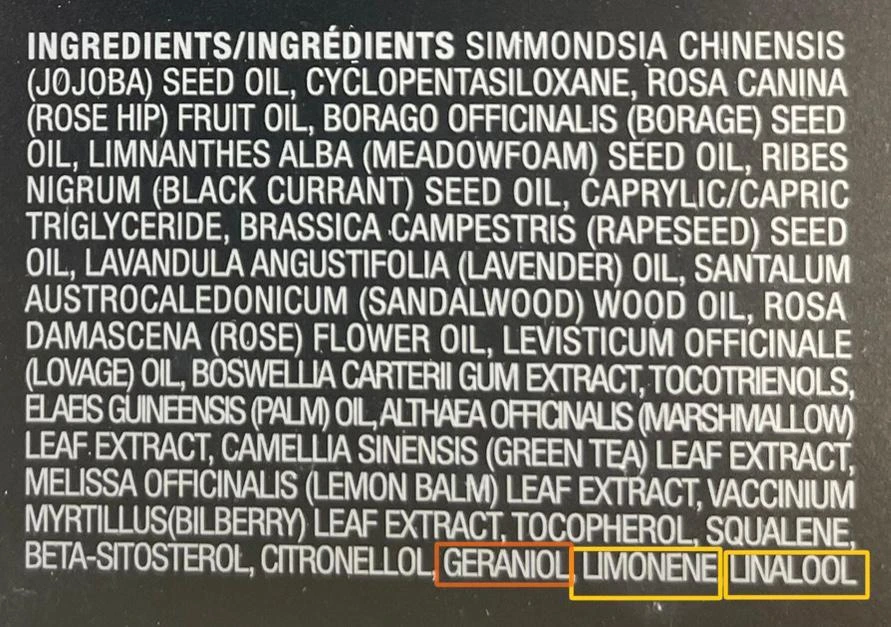
- Phenoxiethanol
Opt for fewer colorants and minimize the use of Phenoxiethanol. Exercise caution with PPE and PEG, as some may contain impurities like Ethylene Oxide and 1,4-dioxane, known carcinogens and irritants. These components can compromise the selectivity of your skin, potentially allowing harmful substances to penetrate. Prioritize enhancing your immunity rather than undermining it.
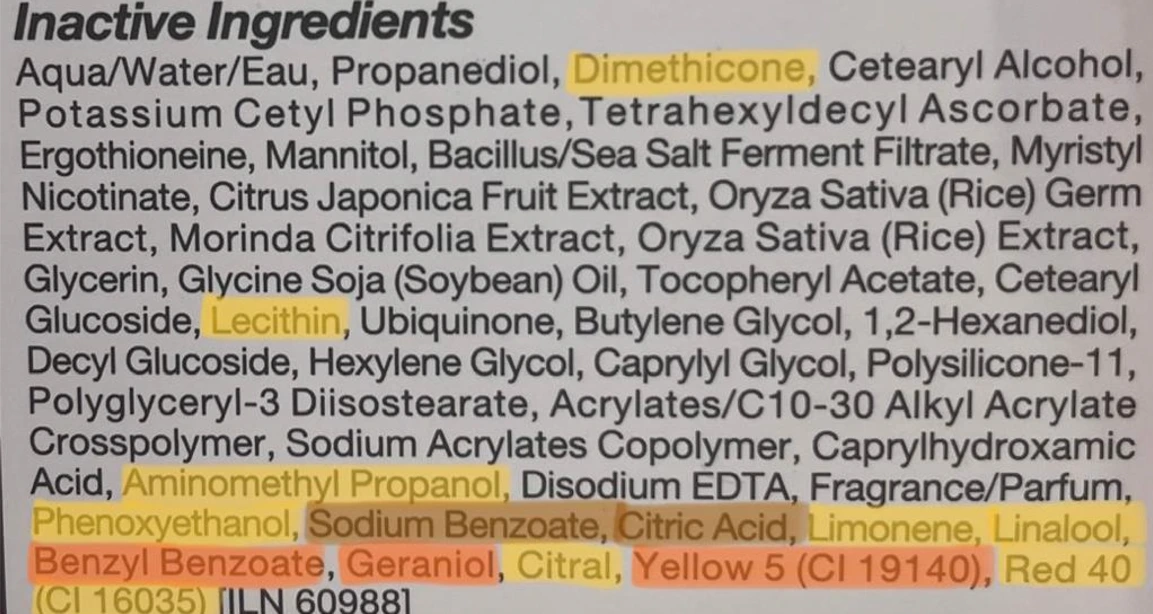
Now the question is… Are these products dangerous? You can check it in EWG and PubMed.
We must remember that our skin is the largest organ we have and every product we apply on it enters through the pores and enters the bloodstream which are transported to our internal organs and depends on the nature of this, which can affect little by little with each dose. It should be noted that all these ingredients have something very harmful, and it is due to its nature itself as an endocrine disruptor in which later I will explain a little more.
What is an Endocrine Disruptor?
According to the World Health Organization (WHO), endocrine disruptors or also called hormone disruptors are all those exogenous substances that cause alterations in the endocrine system and, therefore, leading to adverse health effects. Although the same substance may act differently depending on the concentration of the dose administered and the specific time of development of the tissue with which it comes into contact. Therefore, it is not recommended to come into contact with these products, especially during pregnancy and postnatal development. Although we are not aware of many of them, it is usual that they are part of our daily life through food, beauty products or environmental factors.

What are the side effects of endocrine disruptors?
Although they are very varied, the main and most important thing to know is the fact that they interfere in the correct functioning of the hormones of the endocrine system and can thus bring a series of consequences such as blocking their function or enhancing it, which in both cases is harmful to health. What we can confirm is that many of them affect reproductive and sexual health in both women and men, but it is much riskier in the case of pregnant women and young children.
The most common side effects reported are:
- Damage to female reproductive health: Subfertility, infertility, polycystic ovaries, endometriosis, inadequate hormone production, menstrual cycle and estrous abnormalities, anovulation and early reproductive senescence. This may trigger cancer.
- Damage to male reproductive health: Decreased sperm quality and fertility, early puberty, reduced testosterone, abnormal sex organs, abnormal position of the urethral opening.
- Metabolic diseases: Diabetes, obesity, metabolic syndrome, increase of certain types of cancer, asthma and neurodevelopmental problems.
- Thyroid disorders: Hypothyroidism, hyperthyroidism, cancer.
- Alterations in the development of the neurological system: Autism, learning disabilities.
How to boost your immune response?
To reinvigorate your immune responses, opt for skincare products devoid of endocrine disruptors. Consider trying the Glia Beauty bundle, crafted for all skin types. Its groundbreaking formula is abundant in Exosomes, Collagen, Elastin, Probiotics, and Hyaluronic Acid. Mesenchymal Stem Cells Growth Factors and Exosomes serve as signaling molecules, promoting cell proliferation and differentiation crucial for tissue regeneration. Extracted from placentas and umbilical cords of healthy newborn donors, these elements are cultured in federally approved labs.
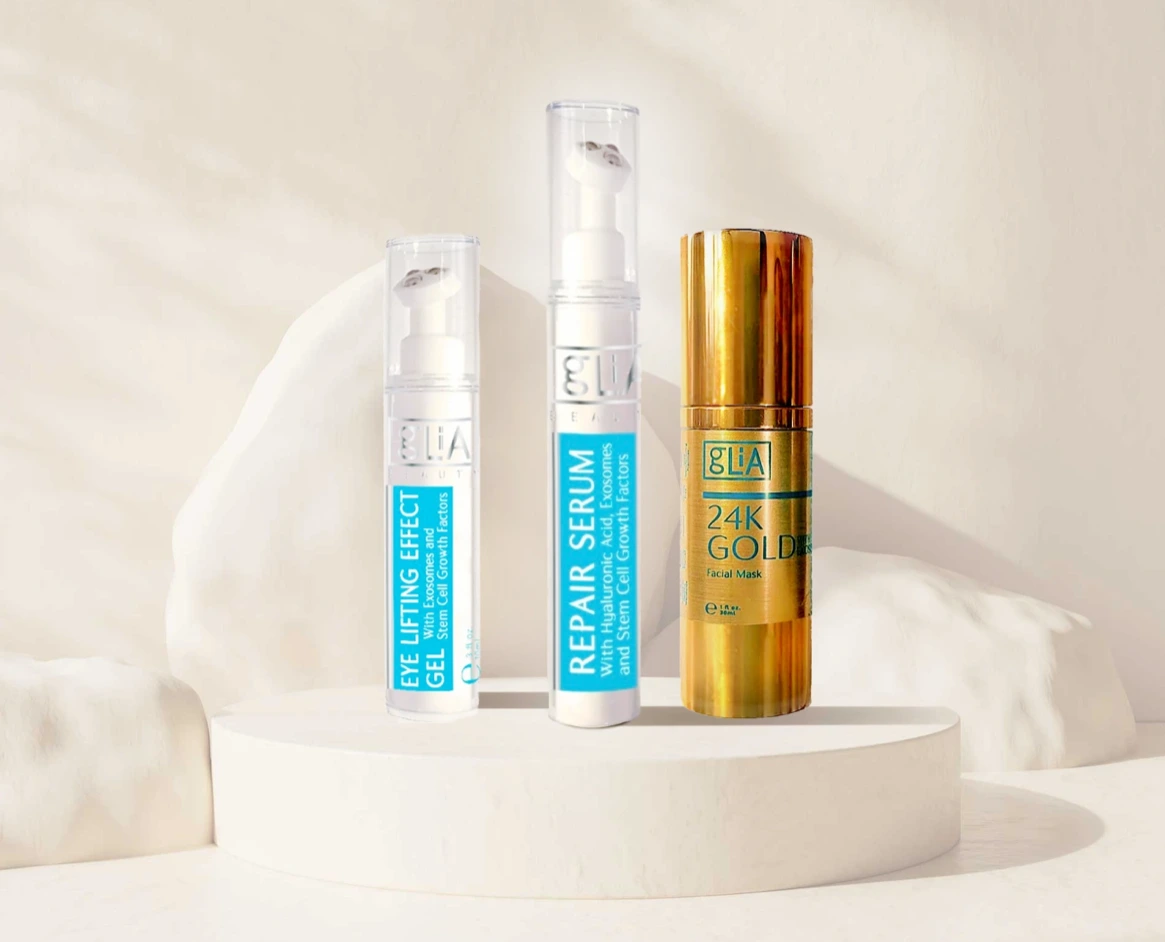


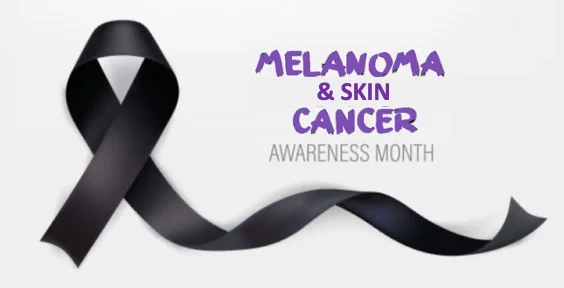
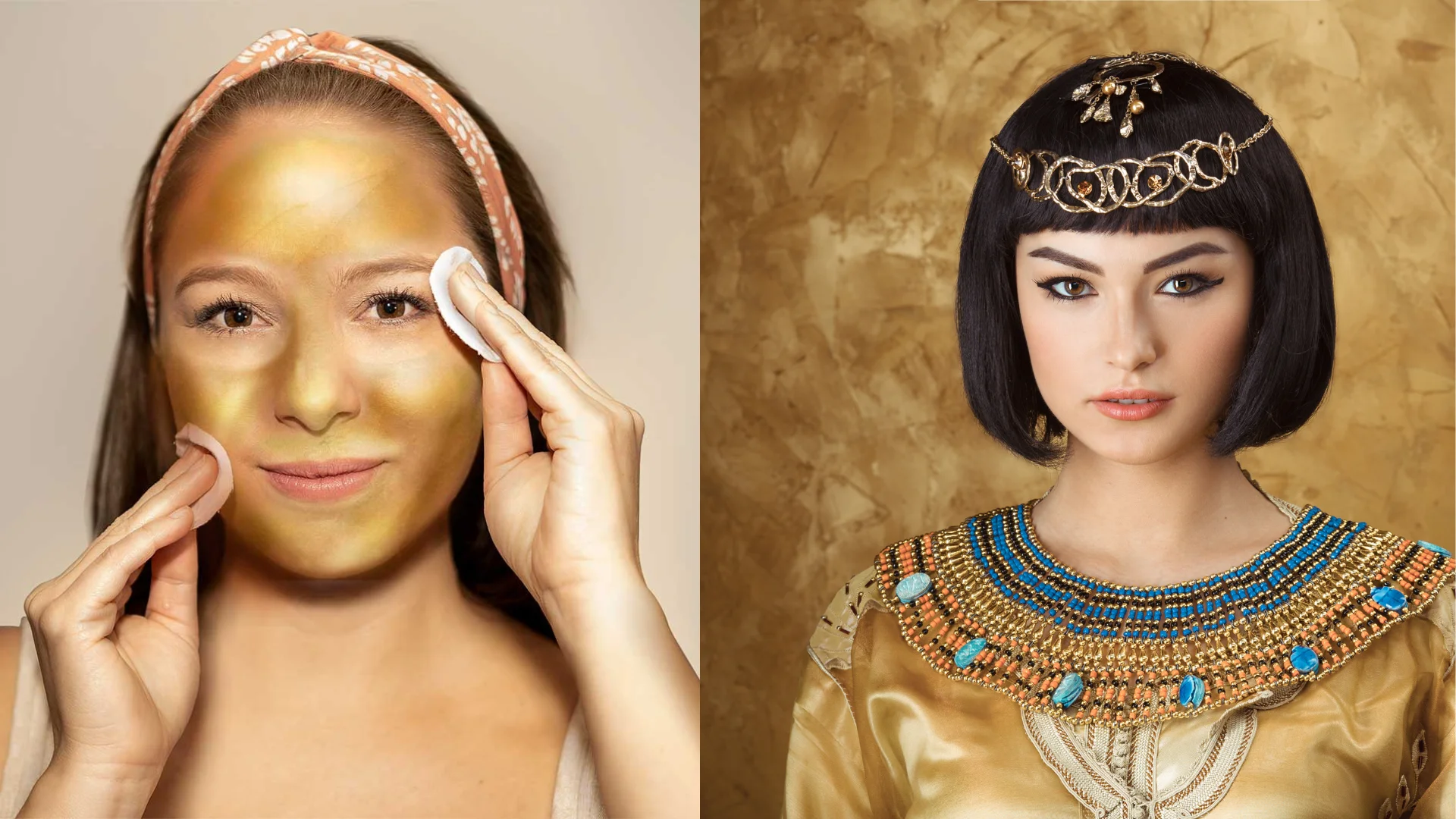

There are no comments